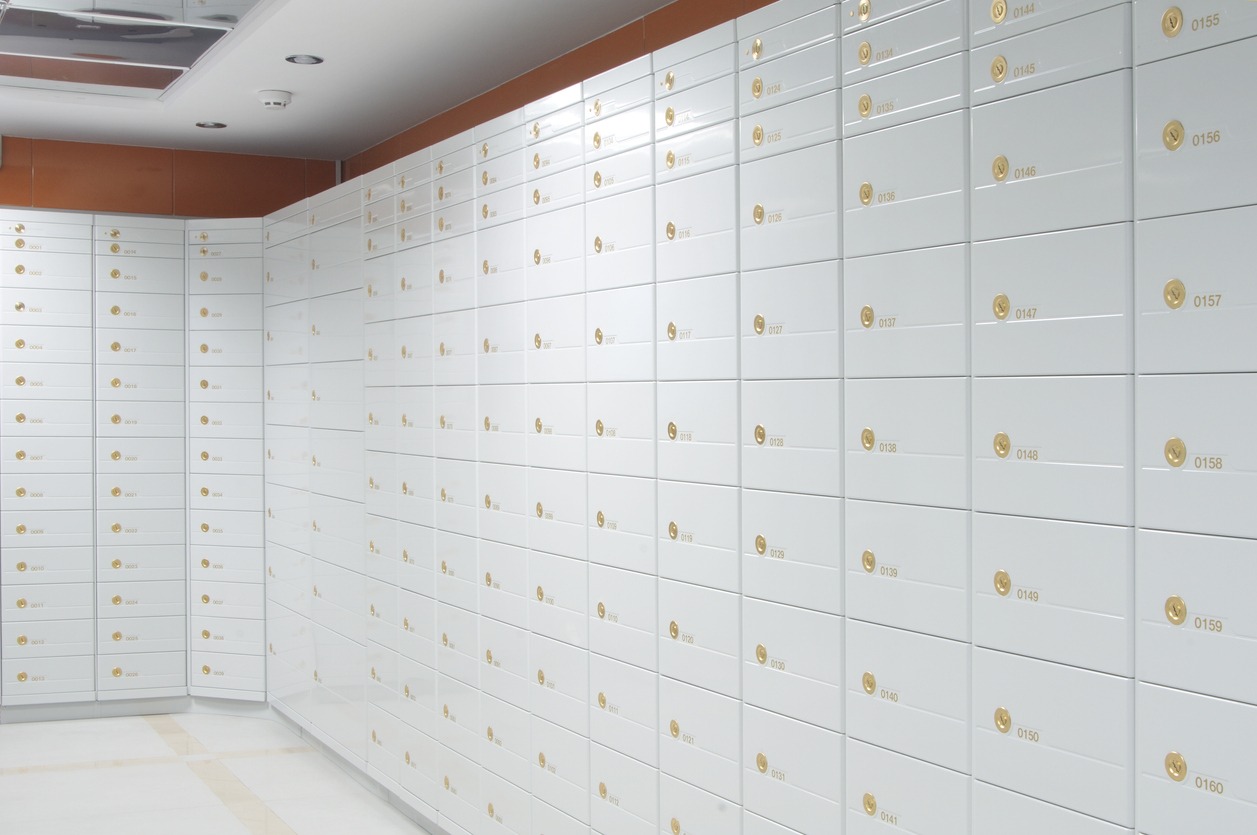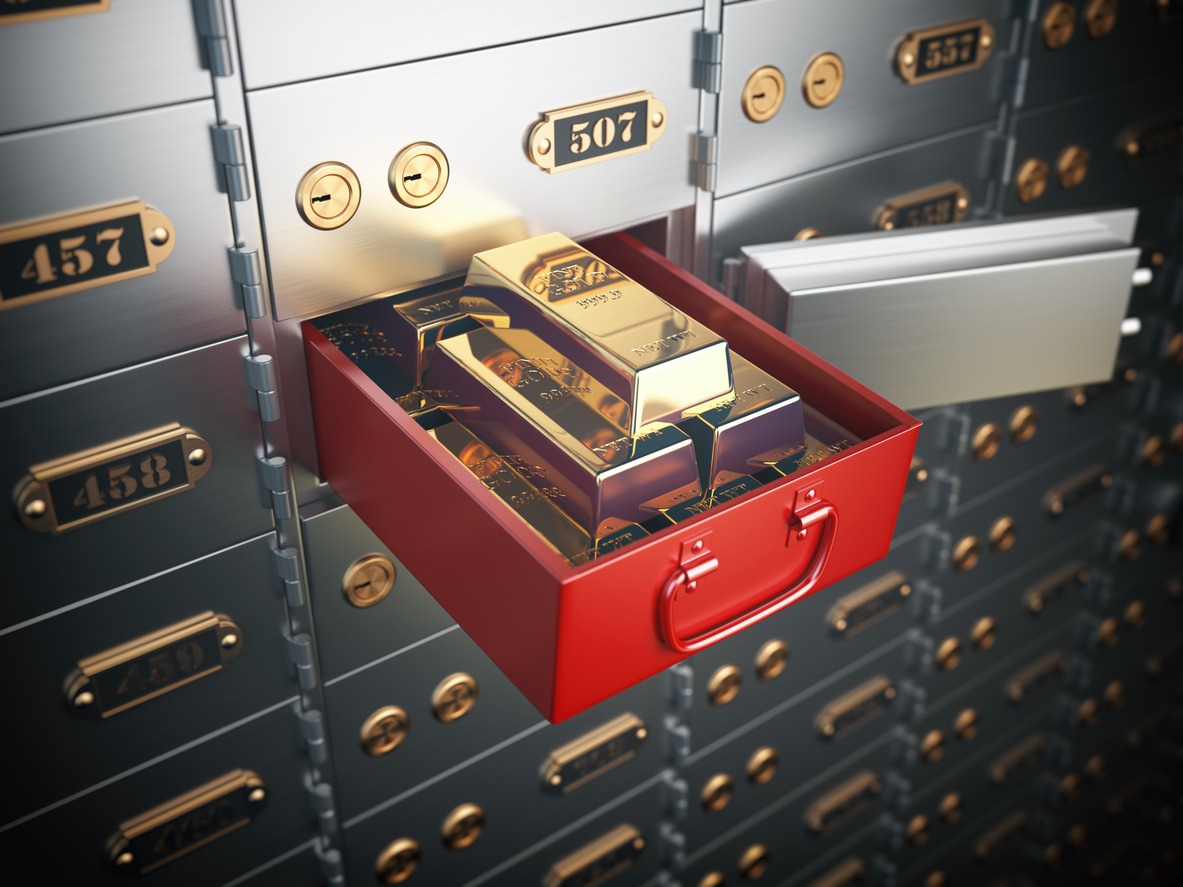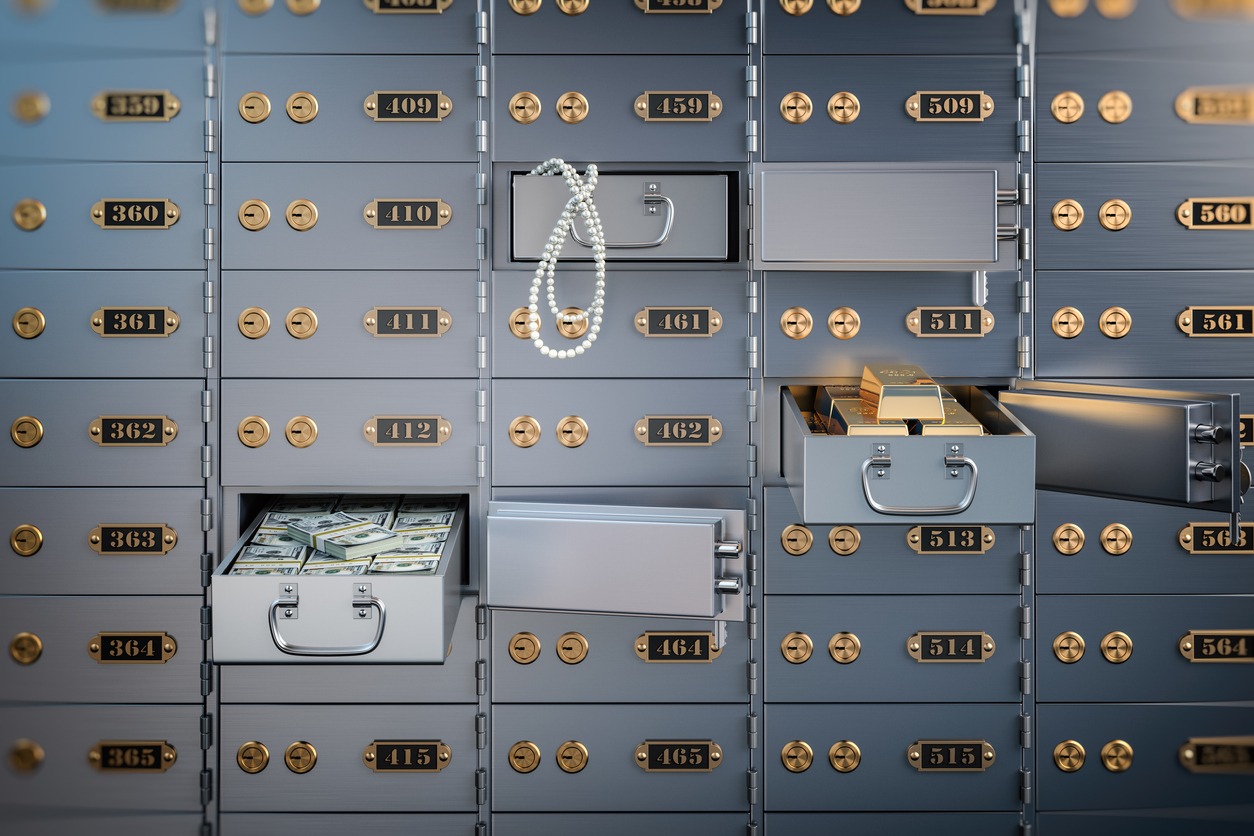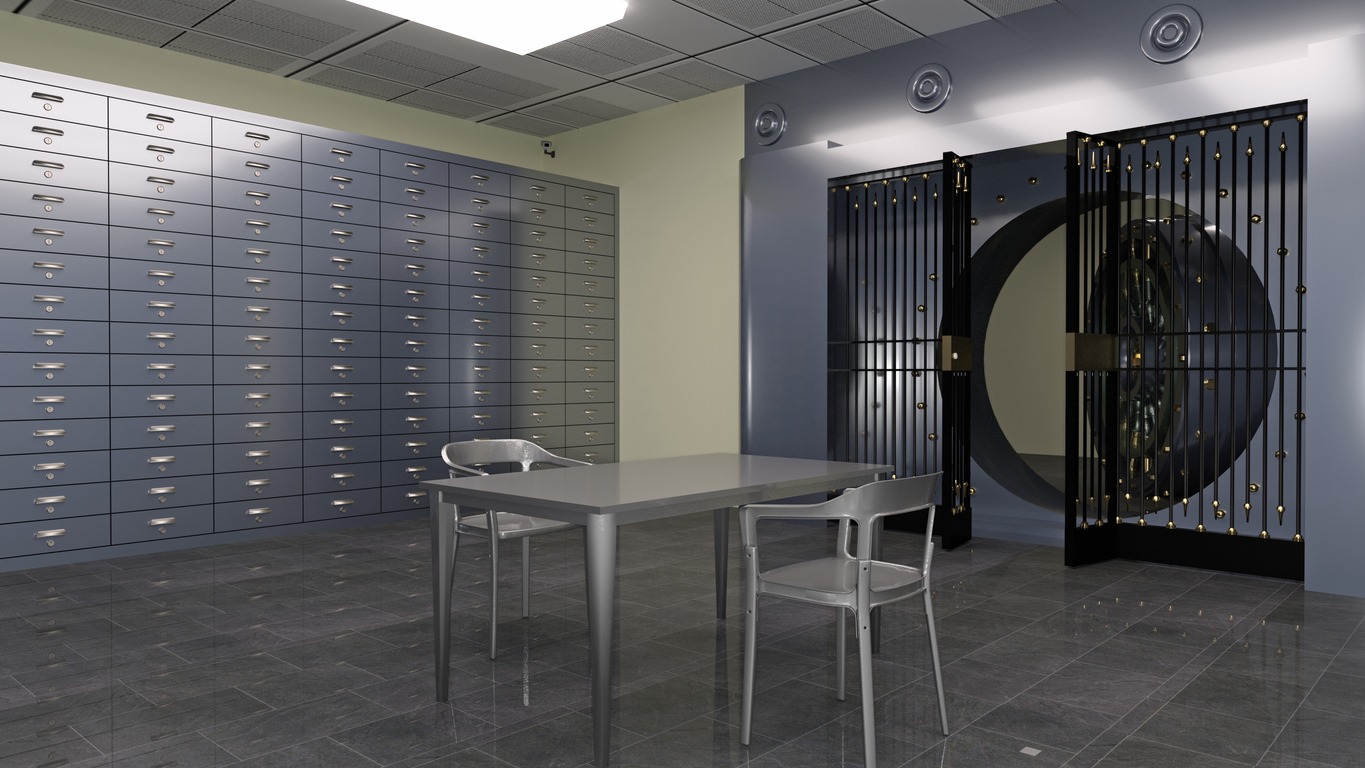As people continue to accumulate valuable possessions, it is becoming increasingly important to keep them safe. A bank safe deposit box is an effective way to do so.
A bank safe deposit box is a secure, metal box that is rented out by a bank to its customers. These boxes are designed to keep important documents and valuables safe and secure from theft, fire, or other hazards. They are typically located within a bank vault, which is heavily fortified and guarded 24/7.
This form of storage is ideal for people who want to keep their important documents and valuables safe, but don’t want to store them at home. The bank safe deposit box is also a great option for people who travel frequently and want to ensure that their valuables are safe, even when they are away.
While it is one of the most popular ways to safekeep valuables, not everyone needs a bank safe. How do you know if you need one? Here are a few things to consider:
Things that should go in a bank safe deposit box
Antiques, documents, and other priceless items that are irreplaceable or not needed on demand are ideal candidates for storage in a safe deposit box.
Personal papers such as birth certificates and property deeds should be kept in a secure location to prevent loss or theft. Stamp or coin collections, jewelry, rare collectibles, and other valuables should also be stored in a safe deposit box to protect them from damage, loss, or theft.
Lastly, important contracts and business papers should also be kept in a safe deposit box to ensure that they are not misplaced or destroyed.
Meanwhile, items such as IDs and passports may not be suitable in a bank safety deposit box, especially when you are a frequent traveler. You may also go through which of your valuables are you using frequently, as these are better kept in your home for immediate access rather than in a bank safe.

Be aware of bank safe protocols
Accessing a bank safe is a highly secure process that requires careful management and strict protocols. The first step in accessing a bank safe is to verify the identity of the individual requesting access. This is typically done through a multi-layered authentication process that may include biometric scans, passwords, and identification cards.
Once identity has been confirmed, the individual must then provide proof of authorization to access the safe. This can include a court order, a power of attorney, or other legal documentation.
Finally, the safe itself must be opened using a unique combination or key, which is typically kept in a secure location separate from the safe itself. Throughout this process, the highest level of security and confidentiality is maintained to ensure the safety of the bank’s assets.
Who has access to the bank safe deposit box
Only authorized individuals can access the box and its contents. Typically, access is granted to the primary account holder and any co-signatories listed on the account. The bank may require proper identification and verification of the individual’s identity before allowing access.
In the event of the primary account holder’s death, the executor or administrator of the estate may be granted access. It is crucial to note that the bank does not have access to the contents of the box, nor do they keep records of what is stored inside. This ensures complete privacy and security of the contents within the safe deposit box.
The bank has limited liability over the safe and its contents
A bank has limited liability in the contents of the bank safety deposit box. It is crucial to note that safe deposit boxes are not insured by the FDIC, and the bank is not responsible for any loss or damage to the contents of the box. This means that the bank is not responsible for any loss or damage to the contents of the box unless there is negligence on their part. The bank is only responsible for providing a secure place for the customer to store their valuables.
It is the responsibility of the customer to ensure that their contents are properly insured and protected. In the event of a theft or damage to the contents of the safety deposit box, the customer should immediately report it to the bank and their insurance provider.
It is therefore important for customers to understand the limitations of the bank’s liability in order to make informed decisions about where to store their valuables.
You may lose access if you stop paying rent for the bank safe
Banks rely on rental income to maintain the safety and security of their facilities, including the safe deposit boxes they provide to customers. If rent payments are not made, the bank has the right to terminate the rental agreement and deny access to the safe. This can be a serious inconvenience and potentially result in the loss of valuable possessions.
Things you cannot keep in a bank safe deposit box
There are certain items that cannot be stored in a bank’s safe deposit box due to legal and safety reasons. Such items include illegal drugs, explosives, firearms, hazardous materials, perishable goods, and any item prohibited by law. Likewise, items that could cause damage or disruption to the box or other contents, such as live animals, plants, or liquids, are also not allowed.
Also, keep in mind that items that are too large or bulky may not fit in a safe deposit box, and some banks may have restrictions on the types of items that can be stored.
Conclusion
While it may be an additional expense, a bank safe deposit box can provide a secure and convenient option for storing important documents and valuables.
If you have valuable items that you want to store securely and don’t want to risk losing or damaging them, a bank safe deposit box may be a wise investment. However, if you don’t have anything of significant value or can store important documents and heirlooms in a secure location at home, it may not be necessary. It is best to weigh the costs and benefits, and consider your individual needs and preferences before making a decision when it comes to safekeeping your assets in a bank safe.



